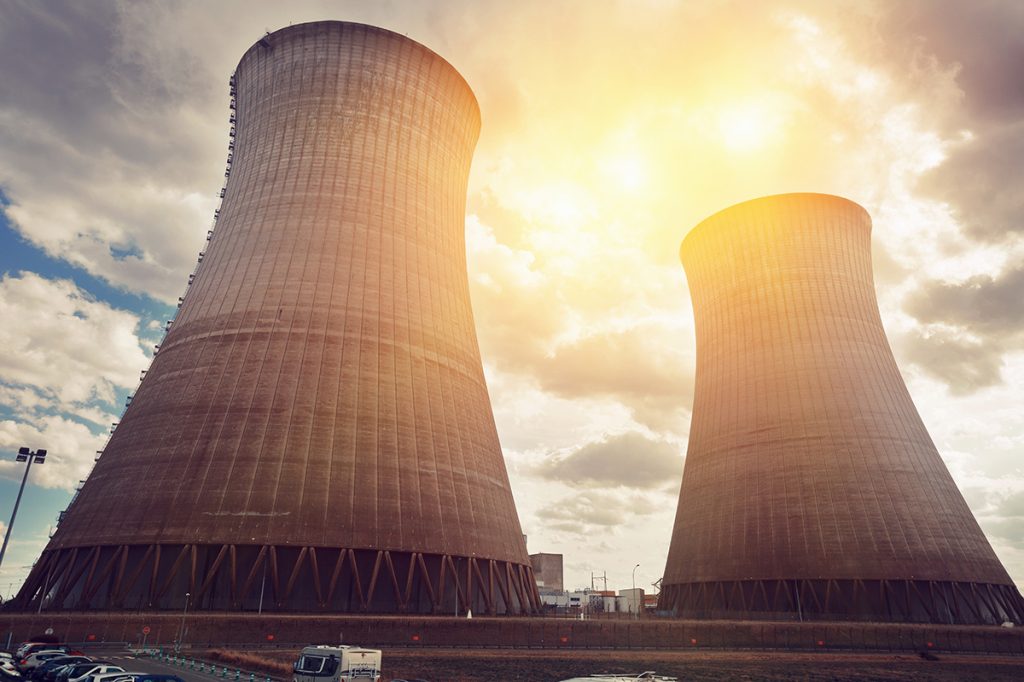China has reached a significant milestone in nuclear technology by developing the first large-scale nuclear power station that is resistant to meltdowns. This innovative design, while not compatible with existing nuclear reactors, provides a promising model for future constructions, marking a pivotal advancement in nuclear safety and efficiency.
Understanding Nuclear Reactor Cooling Systems
Traditional nuclear power reactors rely on powered cooling systems to maintain safe operations. These systems vary in design and the type of coolant used, which can include water, CO2, helium, molten metals, or molten salts. Despite the differences, the primary function remains the same: to convey excess heat away from the reactor core.
Water cooling systems are widely used due to their high power density, which enhances thermal efficiency. However, they come with significant risks. If the water pumps lose power, the heat generated by the reactor fuel rods can cause water to split into hydrogen and oxygen gases, which are explosive. This potential for explosion was a contributing factor in the Fukushima nuclear accident in 2011 when a loss of power caused the fuel rods to overheat, leading to an explosion.
Gas-cooled reactors, while less prone to explosions, typically exhibit lower thermal efficiency compared to water-cooled systems. Regardless of the coolant type, existing reactor cooling systems depend on external power sources, necessitating human intervention to shut down the reactor in an emergency to prevent disasters.
The Innovative Pebble-Bed Reactor Design
The newly developed reactor design, known as a pebble-bed reactor (PBR), addresses many of the issues inherent in older designs. PBRs are “passively” safe, meaning they can autonomously shut down if there is a problem with the cooling system. Unlike traditional reactors that use highly energy-dense fuel rods, PBRs utilize smaller, low-energy-density fuel “pebbles” in larger quantities. These pebbles, which contain less uranium, are moderated by graphite to control neutron activity and slow down nuclear reactions, resulting in less heat.
The lower energy density in PBRs allows excess heat to be spread out more evenly across the pebbles, facilitating easier heat transfer away from the reactor core. This design not only enhances safety but also increases the reactor’s operational stability.
China’s Full-Scale PBR Implementation
China has taken the lead in scaling this technology by constructing a full-scale High-Temperature Gas-Cooled Reactor Pebble-Bed Module (HTR-PM) in Shandong. This reactor became commercially operational in December 2023. To test the safety features of this system, engineers conducted unprecedented tests by turning off both modules of the HTR-PM while they were operating at full power.
During these tests, conducted on August 13, 2023, and September 1, 2023, the HTR-PM demonstrated its ability to cool itself naturally without relying on emergency core cooling systems or any powered cooling system. The reactor modules reached a stable temperature within 35 hours after the power was cut, confirming the inherent safety features of the design.
Implications and Future Prospects
The successful testing of the HTR-PM’s passive cooling capabilities is a significant breakthrough in nuclear reactor technology. Testing an operating nuclear reactor by removing its cooling power is highly unusual, highlighting the robustness of the HTR-PM’s unique system. Although further tests are required to ensure the system works correctly under various conditions, the HTR-PM sets a promising precedent for future reactor designs.
China plans to expand this technology, with new projects aimed at providing high-temperature steam and electricity to the petrochemical industry. The standardized design of the reactor modules for commercial plants ensures that the safety and efficiency demonstrated by the HTR-PM can be replicated on a larger scale.
China’s development of the first meltdown-proof nuclear reactor not only represents a major advancement in nuclear safety but also provides a scalable model for future reactors worldwide. This innovation could play a crucial role in meeting global climate change mitigation goals by offering a safer, more reliable source of nuclear energy.


